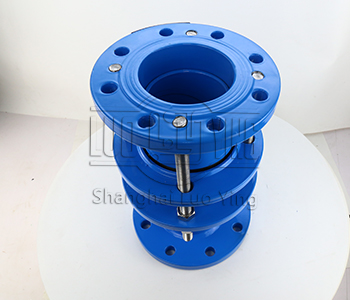How much pressure resistance can the double-flange transfer joint withstand in the end?
Jun-23-05
How much pressure resistance can the double-flange transfer joint withstand in the end?How much pressure can a double flange transfer joint withstand? Summer is here, and summer is another rainy season. With the increase of rain in summer, the water flow is also slowly increasing. The increase of water flow is naturally related to whether the connection of the force transfer joint is solid as before. I think we all know the effect of water pressure, so I don't need to say much about it. How much pressure can the transfer joint withstand? Today I will analyze it for you.
First, let's talk about the structure. The force transfer joint is made of alloy material. I'm sure you all know about alloy before. It has a very strong resistance to pressure. When it encounters pressure, it will deform according to the pressure of pressure, but it will not break. It means that the force transfer joint not only has strong pressure resistance, but also is more outstanding in flexibility.

Finally many places use force transfer joints. It is due to this feature that force transfer joints are very widely used. Regardless of the angle, the connection between pipeline valves still requires the choice of a force-transmission joint. Joints. Xinli pipeline mainly uses expansion joints such as pressure transfer joints and double flange production joints. Because of the good flexibility of the transfer joint, it can clamp the pipe tightly and move along the pressure direction when encountering pressure, so that a large part of the pressure can be dispersed along the angle. , which is one of the reasons for the poor pressure resistance of the force transfer joint.

